A solar pump is a type of submersible water pump powered by solar and has sold in a package with a battery at different prices in many countries like India, South Africa, ASEAN countries, etc. This type of pump is an independent water pump with DC power input that is powered only by sunlight. Nowadays, fortunately, this practical and popular pump is finding its place among farmers, nomadic people, gardeners, villagers who are far from water sources and the national electricity network, etc. Different types of solar pumps in different heads and flow rates are available according to the consumer’s request. The solar panels supply the needed electricity for pump operation by exposure to sunlight, and this electricity starts the pump after passing through the charge controller filter. With this pump, there will be no need for any fuel and energy suppliers. The solar pump can be named as one of the greenest environmentalists who eliminates the need to pump water in the best and the most possible powerful way. In order to use a solar water pump system, we must first select the appropriate pump according to our needs, then we can design the solar electricity system according to the water pump power. A solar water pump package consists of four parts, including a water pump, a solar panel, a control drive, and a solar panel support structure. Submersible pumps are mostly used in streams, pools and water storage tanks, shallow wells, or ponds. When the water depth of the well is less than 6 meters, a submersible type solar water pump is used. These pumps can not pump water to a high height and can only pump up to 60 meters.
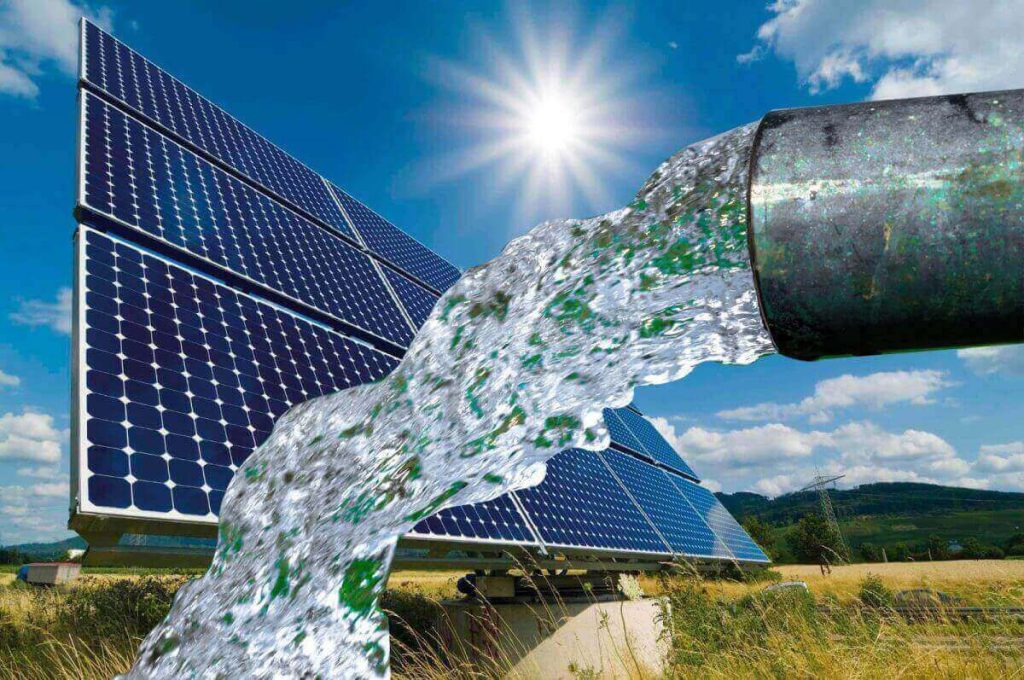
Solar water pump for irrigation
Irrigation of water pump is usually expressed in terms of cubic meters per hour (m3/h), which is 1000 liter per cubic meter per hour, which means that this pump can fill a water source of 10 cubic meters in two hours. Irrigation of the solar water pump can also be expressed in terms of cubic meters per day. Considering that we have an average of 8 hours of sun during the day, it can be said that the above water pump gives us 40 cubic meters of water per day. Irrigation of farms with the use of solar panels is one of the new methods of irrigation. In dry low water areas, the use of a solar irrigation system is recommended. Because in these areas during the day when the sun is more acute, due to the hot weather, plants need more water. If you use a solar water pump during the period when the sun is shining, it reduces the consumption of electricity and compensates for the lack of water in the plants. This is a perfect cycle because water demand is commensurate with the amount of energy available. The advantage of using different types of Solar pumps include the following:
- Solar pump installation is effortless.
- Requires less maintenance.
- It has low operating costs.
- Solar systems work without the need for fossil fuels.
- Solar water pumps are easy to move.
- It does not need city electricity.
- It can be used in remote areas.
- These pumps have high durability and performance.
- They have a precise design.
- They have a long life.
- The solar pump is easy to use.
- These pumps are environmentally friendly.

Small solar water pump
Solar water pumps are sold in various sizes and from small to large with different dimensions. The size of the photovoltaic system depends on the amount of water, the type and the severity of the sunlight, and the pump dimensions. A small solar water pump is usually DC and runs on 12 or 24 volts. The power of this pump is under one horse, and they can connect to the solar panel directly and draw their power from the batteries.
The uses of solar pumps are as follows:
- Garden Fountain
- Drinking water
- Agricultural land irrigation projects
Factors influencing the design and purchase of solar pumps are:
- Geographical location of system installation
- The depth of the well
- The amount of water in the well
- The required amount of water flow
- Length of water transmission line from well to source (if any)
Considering that we said that the solar water pump system works on a daily basis and works for us from sunrise to sunset without the need for special fuel, in choosing a solar pump system for irrigating solar fields, it is better to consider the amount of pump watering during the day. You can get help from solar panels and systems. Note that to set up such a system, you can generate approximately four-kilowatt hours of electricity per kilowatt of solar panels per day. According to this explanation, if you have a 5 kW solar system, it can generate about 20 kWh of electricity per day. This amount can be considered for the high sun with low heat. If you want to use a solar panel for home use, your panel needs to be at least 60 to 300 watts. It is quite clear that the larger the panel, the more power it can generate and the faster it can generate electricity. Because there is enough space around the garden house or its roof, these environmentally friendly panels can be used in your garden easily and at an initial cost.

Solar water pump agriculture
The first advantage of solar water pumps is the reliability of their use in remote agriculture areas. A perfect example of this system is in Africa, which is one of the poorest remote areas with rich groundwater aquifers, and at the same time, is the only region that experiences the most amount of sunlight during the day. Africa accounts for 9% of the world’s freshwater resources, estimated at 4,000 cubic kilometers per year. Therefore, the deployment of solar water pumps in Africa is a good alternative to fossil fuel-based sources. Due to their easy transportation and handling, solar water pumps can be organized as needed and have very low operating costs. Both of these are major advantages, and in addition to the low maintenance costs of the system, it has made it an achievable option for areas with more solar radiation. An important point to note about solar pumps and irrigation systems is the fact that their costs have dropped significantly over the past few years. According to new research by the International Renewable Energy Agency (IRENA), the cost of electricity generated by solar PV by 2025 will be reduced by 59% compared to 2015 prices. The most suitable pump for irrigation should be selected according to the flow of water consumed by the agricultural farm. A pump whose flow rate is higher than the flow consumption of the farm will be damaged if it is used in the structure. Irrigation of agricultural fields is usually done in three ways: drip, sprinkler and water drowning. Like other types of pumps, by installing a solar water pump, water transfer operations can be performed for the above three irrigation modes.
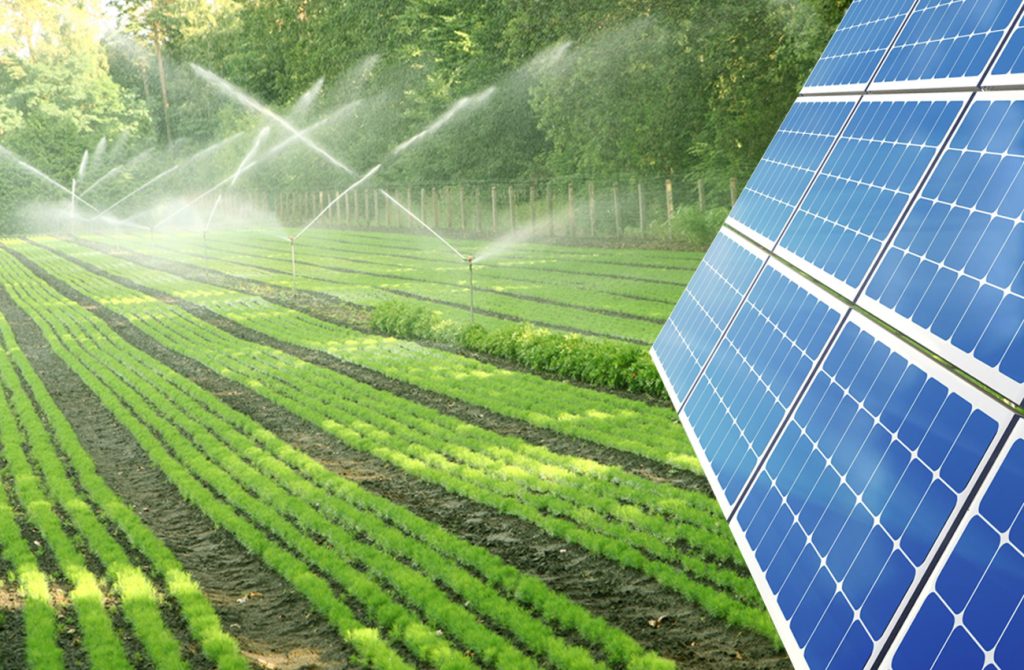
solar water pump price
Different types of solar pumps are produced in the marketplace in different sizes which determines the price of these products. To buy a solar pump, first, we should pay attention to the amount of required water head and flow, kilowatts of consumed electricity, as well as the depth of the well or water pool, and buy the solar pump accordingly. Another factor influencing the price of the solar water pump is paying attention to the connections, cables as well as supporting structure. the price of this type of equipment depends on the location of the panel. However, the economic viability of these systems varies from region to region and depends on many factors such as local conditions, type of crop and market power. At present, the solar panel has an average lifespan of 25 years and does not require fuel compared to a diesel pump and its maintenance costs are lower. The only deficiency is its initial cost, which is almost double that of diesel water pumping systems. In general, diesel pumps have low initial investment costs, but high operating and maintenance costs. In contrast, a solar water pump system has higher initial costs but lower maintenance and operating costs. But these pumps are more economical than other pumps and generally return the initial capital invested in a period of 3 to 5 years. If you are in an area with high levels of radiation and rich groundwater aquifers, a solar water pump system is definitely a good option. This technology provides you with an efficient system due to the initial installation costs, lower maintenance costs, and longer life. Some of the factors that determine the price of various types of solar water pumps in the market are:
- The manufacturer and it’s brand
- Purchase price of raw materials and their components
- Controller type
- Dimensions and size
- Type of application and its scoop of work
To determine the amount of power required by the solar panel, the user must review the steps so that the user can finally purchase the panel with sufficient required power. In the first step, it is necessary to calculate the total watt-hours daily for the appliances and electrical equipment that you are going to use. In the next step, you need to check the production capacity of the panel you are going to buy. In this case, it is necessary to consider the total watt-hour value that you have calculated for each device, a factor of 1.3 for the size of the PV module. These steps are easy to do and with the help of power consumption measurement, a safe purchase can be experienced and the purchase of additional panels can be avoided. Solar panels in areas that have enough space for them are very good options for power supply.
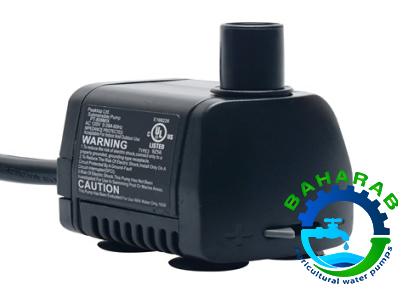

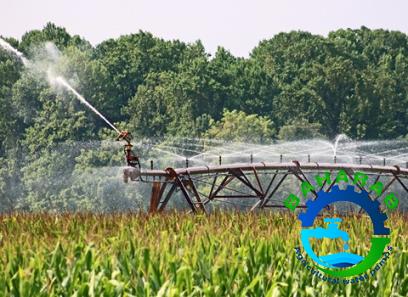

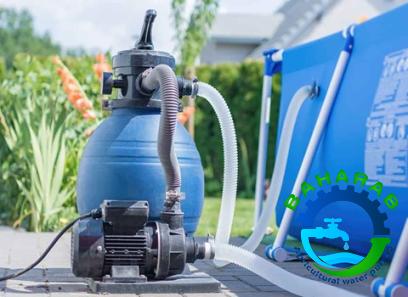
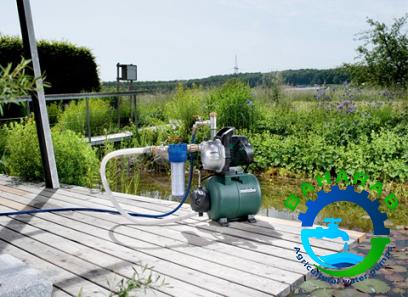
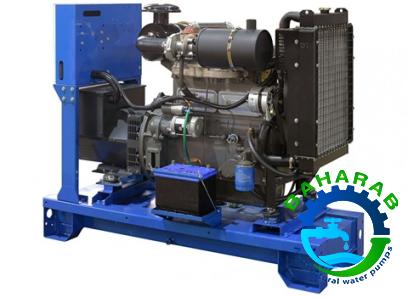

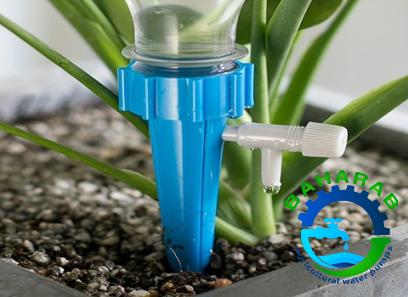
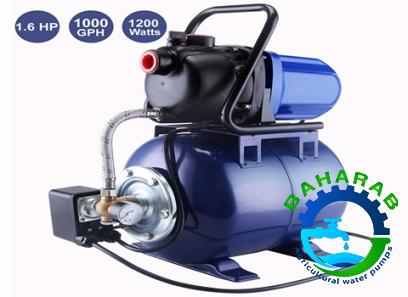
Your comment submitted.